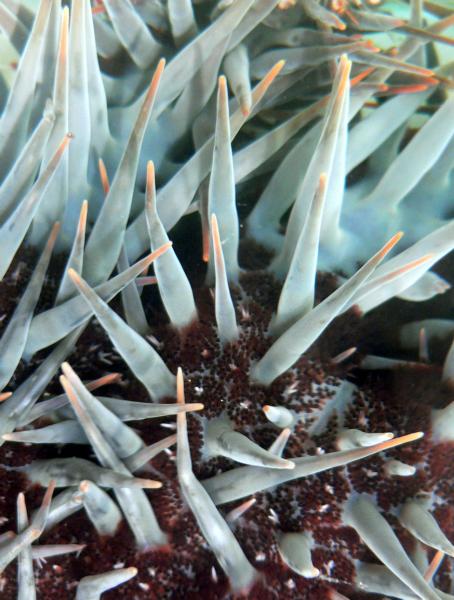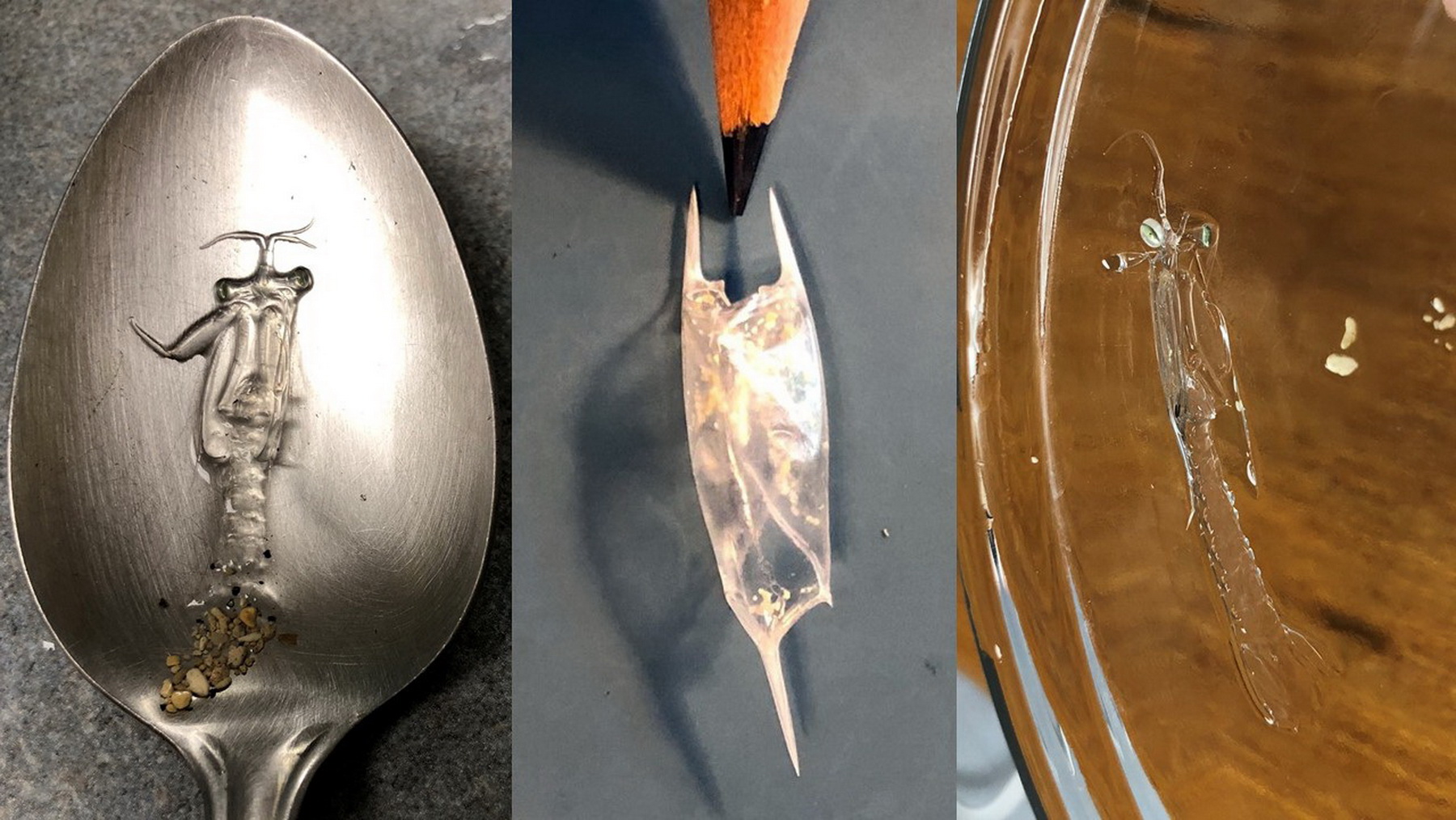Published in the Ocean Watch column, Honolulu Star-Advertiser © Susan Scott
October 19, 2007
LIZARD ISLAND, Australia » Each Monday, friendly workers at the Lizard Island marine biology research station give a tour and lecture to island visitors.
Though the talks were similar every week, I went to them anyway, and each time I learned something new.
One week I discovered I’d written something untrue. I once wrote that giant clams cannot clamp onto swimmers and divers and hang on. Well, they can and sometimes do.
Last year, several researchers went out on the Great Barrier Reef to collect specimens, anchoring their small boat in shallow water. When they returned, one man hoisted himself into the boat and slipped. His foot landed in the center of a giant clam, which snapped tight on his leg.
The other researchers couldn’t pry the clam’s shells open with their hands, and cutting the clam’s adductor muscle didn’t loosen its grip.
With the tide rising and the man bleeding, the workers finally stuck the boat’s anchor between the massive shells and pried. Only then was the biologist able to pull his lacerated leg from the clam’s shells.
Another fact I learned at the station is that the beautiful Lizard Island reef called the Clam Garden really is a garden.
In the 1980s an infection killed most of the giant clams there. Surviving clams would have repopulated the area, but slowly. So to give the clams a head start, biologists grew baby clams in tanks and “planted” them on this reef. The clams there today are once again big, beautiful and abundant.
One worker at the station cleared up a puzzle for me. I noticed that when snorkeling during low tides, the water around the reefs gets cloudy with streaks of slime drifting in it. This, I learned, is a good thing.
When the water level gets low, the sun gets more intense and the corals ooze a type of mucus that protects them from excessive UV radiation. The corals are making their own sunscreen.
I got an update on the coral-eating crown-of-thorns starfish that occasionally plague coral reefs.
One of these 12-inch-wide prickly stars, a local biologist explained, lays 120 million eggs each year. Usually only a few reach maturity, but occasionally the creatures survive in large numbers and devastate reefs.
The cause of such blooms is unknown. One hypothesis is that these are natural events, like forest fires, and should be left alone. Another conjecture is that since crown-of-thorns larvae are algae eaters, it might be fertilizers and other nutrients in runoff that accelerate their growth.
The jury is still out as to a cause, or a solution, to crown-of-thorns’ outbreaks.
 Crown of Thorns
Crown of Thorns
For years, I’ve admired the Australians for creating in the Great Barrier Reef the world’s largest marine sanctuary. I still admire the people and their park, but it isn’t quite the sanctuary I’d believed.
Before 2004, only 4 percent of the reefs were fully protected from fishing.
This wasn’t enough space to keep the reefs thriving or the fish abundant, and at the urging of biologists, government officials decided to expand the no-fishing areas. Now thirty-three percent of the reefs are fully protected.
It’s been a privilege meeting these Great Barrier Reef marine biologists, and I’m grateful they take the time to share their knowledge. Now I get to share it, too.
 Mantis Shrimp
Mantis Shrimp